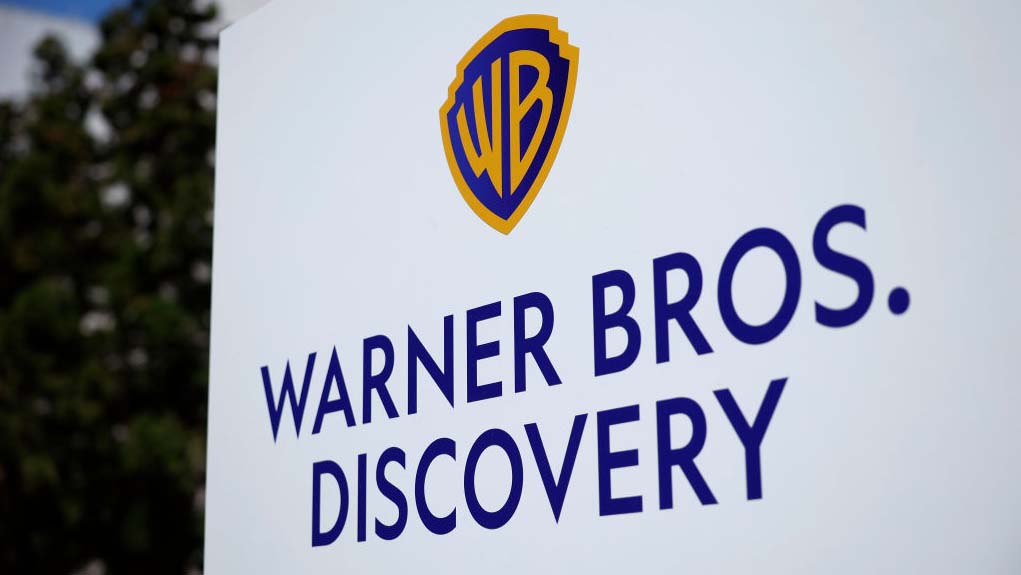The compression question
Digital television transmission depends upon highly efficient codecs for its financial viability. Bandwidth is a significant cost, and making the best use of that bandwidth is critical.
For most broadcasters, the foundation is MPEG-2, a compression scheme developed specifically for broadcasting around 15 years ago. The significance of this is that it was designed around the processing power that could economically be put into an encoder in the mid-1990s. If we accept Moore's Law — the density of components on silicon doubles every 18 months — then processors today have 210 more components for the same size. In approximate terms, they are 1000 times more powerful.
The increase in processing power does not mean we can achieve ever lower bit rates for a given compression standard; there is a distinct limit beyond which the codec losses are beyond recoverable quality. We would probably agree that anything much below 2Mb/s for MPEG-2 SD will produce unacceptable artifacts. For MPEG-2 HD, the current recommendation from the European Broadcasting Union is that 10Mb/s is the cutoff point.
The solution was a new codec designed to achieve comparable video and audio quality at half the bit rate of MPEG-2. We now know this as MPEG-4 Part 10 (AVC) or, to telecoms people, the ITU-T standard H.264. While this standard was published in 2003 — still a long time ago in terms of processor development — it was a forward-thinking standard with a number of optional tools that manufacturers could choose to add as the hardware became available.
These additional tools include the ability to use multiple reference pictures, up to 16 frames or 32 fields, and multiple motion vectors to improve the predictive capabilities of long-GOP sequences. There are also major developments in entropy coding, which use (processor-hungry) statistical analysis to predict data and picture detail based on the probability of that data appearing.
All of this, together with high processing power, means that the target of a 50 percent reduction in bit rate can be comfortably achieved by AVC. Does this mean, therefore, that all channels will migrate to MPEG-4? Or, by bringing the same processing power to bear and achieving the maximum possible compression efficiency, does MPEG-2 continue to make commercial sense even if it takes twice the bandwidth?
It is certainly true that, given the processing boost, improved motion estimation and picture level decisions have sliced another 15 percent or so off the bit rate requirement for MPEG-2 without prejudicing its compatibility with decoder designs that could be 15 years old. There are about 27,000 channels on-air around the world at present according to research by Merrill Lynch, and of these, about 7 percent are HD. Over the next five years, the number of HD channels will more than double, but that will still leave SD channels — overwhelmingly transmitted using MPEG-2 — outnumbering HD by 15 to 1.
The professional video industry's #1 source for news, trends and product and tech information. Sign up below.
One future plan would be to move all transmissions to MPEG-4, but that can only happen when all the MPEG-2 SD-only set-top boxes in the field are replaced with MPEG-4 compatible devices. DIRECTV in the United States is already seeing two-thirds of its new subscribers select an HD (MPEG-4) STB, and Sky in the UK has gone further by only offering its HD box to new subscribers.
There is a huge leap from migration to a wholesale replacement of millions of STBs at perhaps $100 each. Smaller service providers certainly could use and new operators will certainly want to use MPEG-4. The digital terrestrial service in Norway, for example, only uses MPEG-4, and the country's national broadcaster NRK has just announced that all of its channels will be HD by early 2011.
A more pragmatic decision for most will be to maintain a mix of MPEG-2 and MPEG-4 but invest in the latest technology to ensure the best compression efficiency and use statistical multiplexers, which can mix both codecs in the same transport stream to ensure that capacity is not wasted. As an example, imagine a satellite operator offering 100 channels of MPEG-2 SD and 12 channels of MPEG-4 HD using previous generation encoders and multiplexers. It would require three transponders for HD and 11 for SD.
By replacing the headend with the latest generation, high-processing power technology codecs, the operator could eliminate one transponder for the HD services and (at least) two for the SD services, without reducing the quality of service provided to viewers nor requiring any changes to consumer premises equipment. The return on investment calculation is straightforward: eliminate the cost of three transponders versus the capital cost of new headend hardware. An operator could release those transponders or introduce new channels, or a combination of both.
For the future, with the prospect of mobile television, 1080p, stereoscopic 3-D and maybe even ultra-high definition, the distribution platform will need to be even more flexible. The network abstraction layer in MPEG-4, added in November 2007, introduces scalable video coding. This allows a single high-resolution service to be transmitted with lower resolution versions to be derived from it, again with the aim of increasing the options available to audiences without adding to the bit budget.
With the continuing growth in the number of channels, it seems likely that a shortage of bandwidth will be a limiting factor on all platforms: terrestrial, satellite and online IP connectivity. Making the most of that bandwidth through the use of new codec technology will be central to meeting audience expectations and remaining competitive.
Are Olafsen is the director of satellite headend solutions for Thomson Grass Valley.
